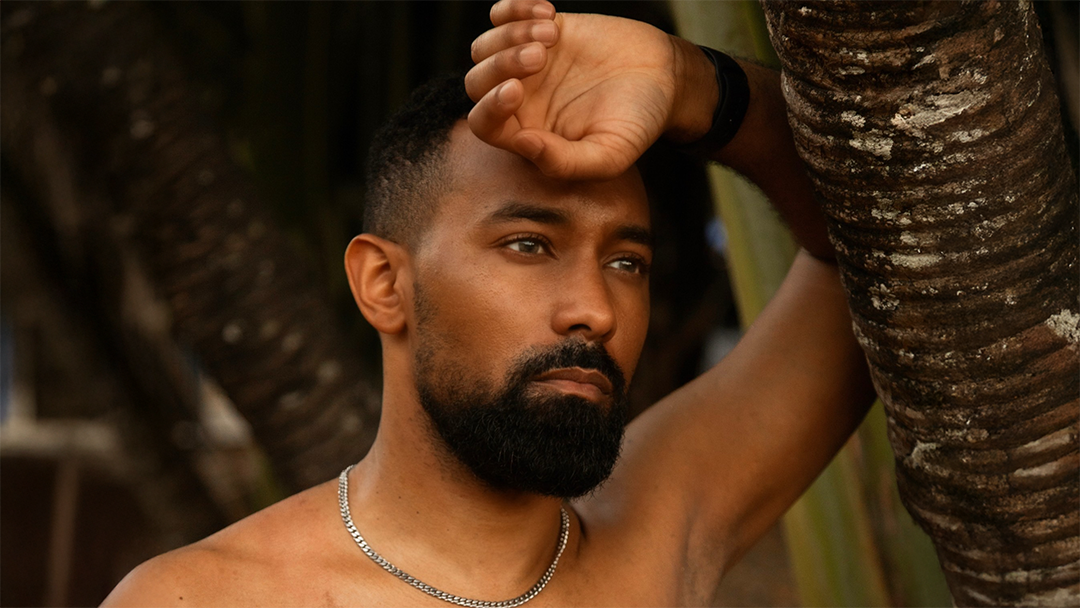While the harem genre dominated anime for years, reverse-harems gained traction in the 2000s, soon accelerating the genre as a force to be reckoned with in the 2010s. Given its rapid rise in popularity, some of anime's most recent and biggest hits have been reverse-harems. With a female lead surrounded by male love interests, these shows appeal to female audiences as well as anime's general viewership. Here's how the reverse-harem genre has ultimately eclipsed the harem genre.
While harems have appeared throughout anime's history, reverse-harems didn't find their footing until the early 2000s. As one of the earliest reverse-harems to gain traction, the original Fruits Basket anime adaptation made waves in 2001. However, this series only received one season as reverse-harems began its uphill battle into relevancy.
Similarly, the hit reverse-harem Ouran High School Host Club aired in 2006 but likewise received an incomplete adaptation despite its notable success. This unfortunate trend of shortened and incomplete adaptations among reverse-harems carried over well into the 2010s, but gradually subsided over the years as the genre began to eclipse the harem genre itself.
During the early 2000s, as reverse-harems were finding their place among the formerly male-dominated anime audience, harems continued to find success that drove up sales. Airing in 2008, Rosario + Vampire became one of the most recognized harems in a long run of hit harem series. These shows were most popular among anime's large male viewership and often included fanservice and desirable female characters.
In fact, harems are so common in anime that they often form unnecessarily in titles where romance isn't even a strong focus, such as The Rising of the Shield Hero and Sword Art Online. However, despite the harem genre's long-lasting hold on anime, the influx of female anime viewers and available content has given reverse-harems the ability to improve.
The 2010s experienced a romance anime revolution where reverse-harems and shōjos began to dominate the market. The early 2010s provided several popular reverse-harems including Yona of the Dawn, Brothers Conflict and Kamigami no Asobi. Reverse-harems found a popular niche in fantasy romance -- a genre so popular that it developed specific subgenres, including vampire reverse-harems like Diabolik Lovers and Dance with Devils. Nonetheless, despite the release of an arsenal of diverse and entertaining reverse-harems in the earlier years of the 2010s, these series continued to be cut short, with only one season of incomplete content.
However, recent years have witnessed a positive trend, with reverse-harems becoming a main focus for some anime studios. This trend is most evident in the highly successful Fruits Basket reboot, which recently concluded with a full three-season adaptation that earned the top spot on MyAniList. Given the simultaneous rise in the villainess subgenre of anime, reverse-harems are finding new ways to stay relevant in the current market. Popular shows like My Next Life as a Villainess are experimenting and blurring the harem and reverse-harem genres in clever ways.
While new harems continue to be released with substantial popularity, many studios have turned their primary focus toward the rise of reverse-harems and romance subgenres that appeal to the growing number of female anime fans. Given the hit reverse-harems that have performed well in recent years, viewers can expect more content within the genre to be released in the future. As the demand for reverse-harems continues to increase and take up space in the market, it has officially eclipsed the once-dominant harem genre.
About The Author

